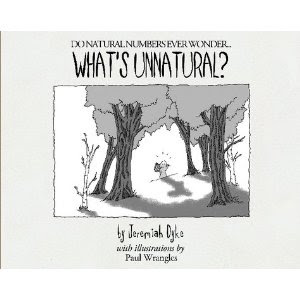"The Statue of Liberty ("Liberty Enlightening the World" by Frèdèric Aguste Bartoldi) in New Jersey waters outside New York Harbor is sheathed in copper of average thickness 2 mm. The statue is 50 m high and some 80 metric tons of copper was required for its fabrication. It is probable that few projects before or since the Statue`s construction in 1876-1885 ever required as much copper."
Here is copper prices per pound
| |||||||||||||||||||||||||||||
|  |
| |||||||||||||||||||||||||||
The questions to your student could be.
1) How much is the total amount of copper worth in the Statue of Liberty?
2) If that amount were divided among the population of the U.S. how much would each citizen recieve?
3) From here the educator could ask the question, is the Statue of Liberty worth the sum of its metals or does it represent something more?



























































